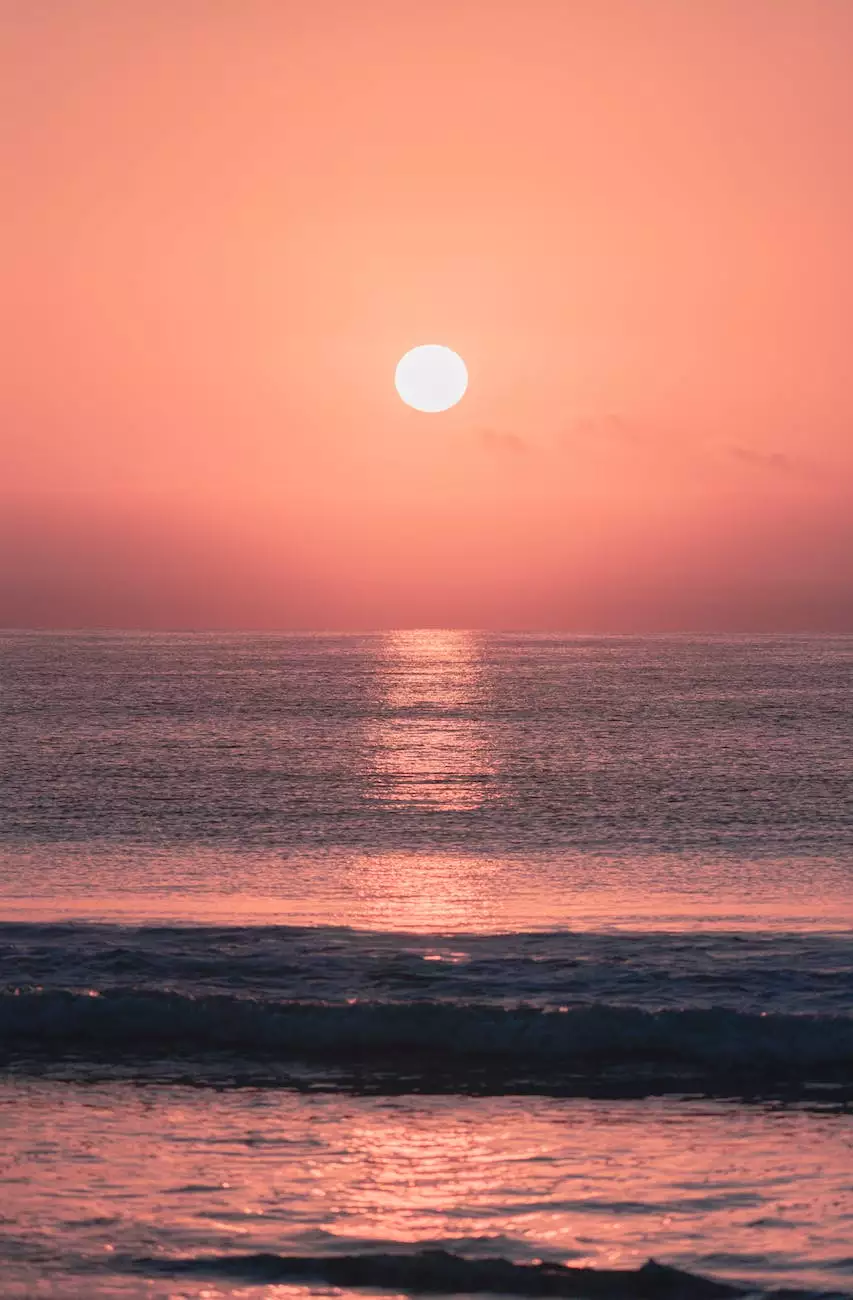Florida Bioluminescent Algae vs. Red Tide

The Enchanting Beauty of Bioluminescent Algae in Florida
Welcome to Aventuras Naturales, your ultimate guide to the mesmerizing world of bioluminescent algae in Florida. Prepare to embark on a journey where science meets natural beauty, as we dive into the captivating phenomenon of bioluminescence and compare it to the infamous red tide that occasionally affects the coastal waters of the Sunshine State.
What is Bioluminescent Algae?
Bioluminescent algae, also known as dinoflagellates, are tiny, single-celled organisms that possess the unique ability to emit light when stimulated. These remarkable creatures exist in various bodies of water, including the coastal areas of Florida.
When conditions are favorable, usually during warm summer nights, these bioluminescent organisms thrive in the water and create a magical experience as they illuminate the darkness with their radiant glow. Imagine kayaking or swimming in waters that light up with every movement, leaving mesmerizing trails of shimmering blue light in your wake. It's like swimming in stardust!
Exploring the Differences: Bioluminescent Algae vs. Red Tide
Bioluminescent Algae:
Bioluminescent algae create a stunning spectacle that attracts nature enthusiasts from around the world. These harmless organisms produce light as a defense mechanism against predators, and their presence is an indicator of a healthy marine environment. Witnessing the bioluminescence firsthand is a magical experience that is truly unique to Florida's coastal waters.
Red Tide:
Unlike the enchanting beauty of bioluminescent algae, red tide is a natural phenomenon caused by higher-than-normal concentrations of a marine algae species known as Karenia brevis. While it may lead to spectacular displays of sparkling waters during the day, red tide can have negative effects on marine life and human health when it reaches high levels.
Red tide blooms occur periodically along the Florida Gulf Coast, causing respiratory issues in susceptible individuals and leading to temporary closures of beaches for public safety. During red tide events, the water may appear discolored or reddish-brown, hence the name.
Planning Your Bioluminescent Adventure
If you're eager to witness the captivating glow of bioluminescent algae, Florida offers several destinations that provide the perfect backdrop for this natural phenomenon. Here are some tips for planning your next bioluminescent adventure:
- Choose the Right Time: Bioluminescent displays are most visible on dark nights with limited light pollution. Check the lunar calendar and aim for dates with no or minimal moonlight.
- Select the Ideal Location: Opt for areas with high concentrations of bioluminescent algae, such as the Indian River Lagoon or Mosquito Lagoon. These locations provide the best chance of experiencing the magical glow.
- Book a Guided Tour: Consider joining a guided tour to ensure a memorable and informative experience. Knowledgeable guides can navigate you through the waters while sharing fascinating insights about the local ecosystem.
- Stay Prepared: Don't forget to bring insect repellent, comfortable clothing, and a water-resistant camera to capture the beauty of the moment.
Conclusion
In summary, while both bioluminescent algae and red tide involve marine organisms, they offer vastly different experiences. Bioluminescent algae dazzle visitors with their luminous glow, creating a dreamlike setting in Florida's coastal waters. On the other hand, red tide, while occasionally causing disruptions, remains an intriguing natural occurrence that serves as a reminder of the delicate balance of our marine ecosystem.
Aventuras Naturales invites you to explore the unique wonders of bioluminescent algae and plan your unforgettable trip to witness this natural phenomenon for yourself. Immerse yourself in the magical beauty that awaits you in the Florida waters with one of our expert-led guided tours.




